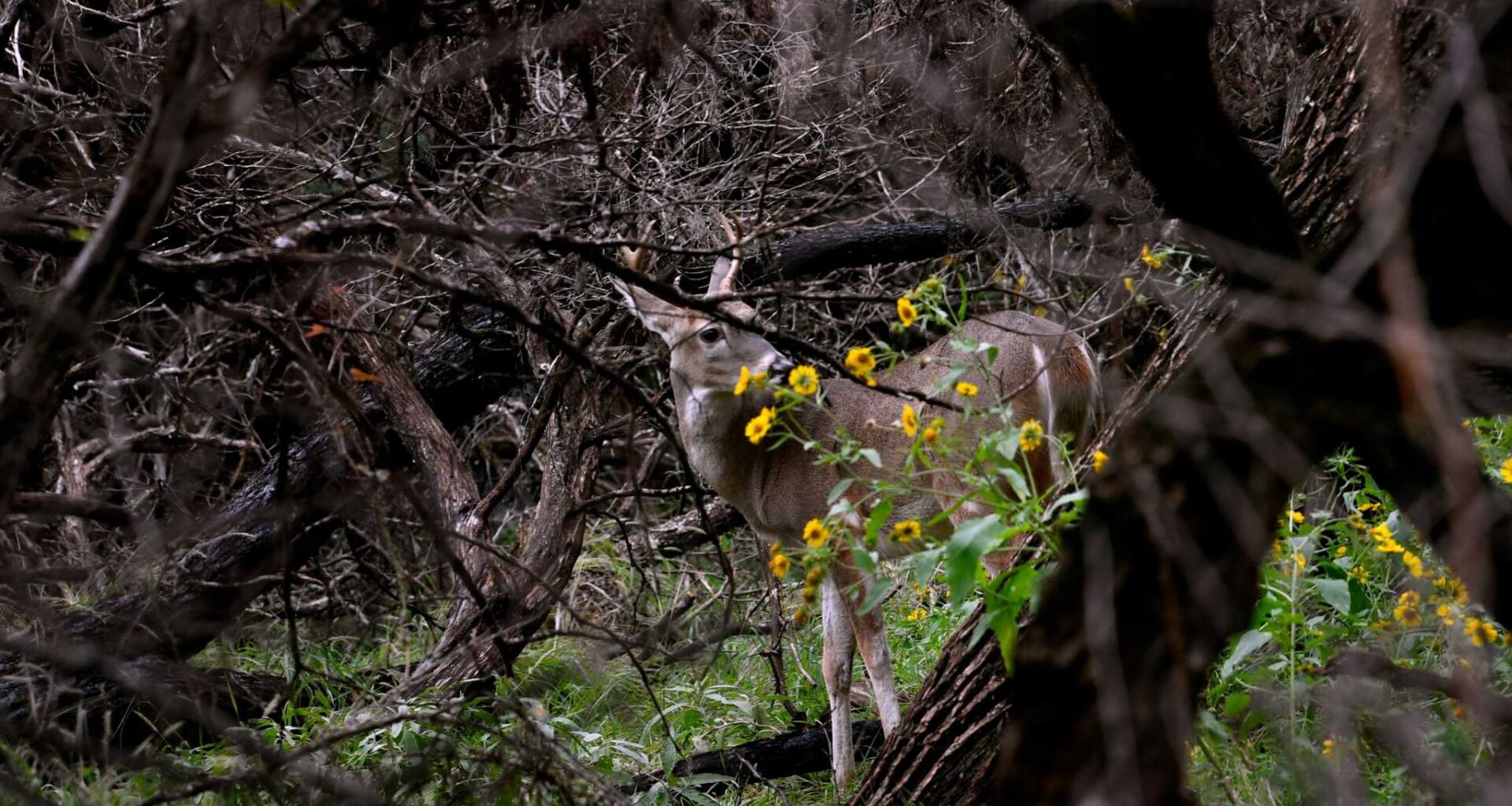Cooler weather often means animals are moving around more, especially in Texas. It also means it’s hunting season for game animals for a variety of reasons including biological factors and conservation goals.
Nov. 1 marks the start of white-tail deer and quail hunting seasons in Texas, two of the most popular game animals in the state.
For white-tailed deer, the general season runs through Jan. 4 in the north zone and through Jan. 18 in the south zone, as outlined by Texas Parks and Wildlife.
East of Interstate 35, hunters are limited to four deer, no more than two antlerless and no more than two bucks. West of I-35, hunters are limited to five deer, no more than two bucks. Different areas have varying antler restrictions and other guidelines, so check the TPWD website for restrictions in your hunting area.
For quail hunting, the statewide season runs from Nov. 1 to Feb. 28. The daily limit is 15 birds and the possession limit is 45 birds. Additional restrictions vary by county, so check regulations for your county on the TPWD website.
For white-tailed deer, breeding season or “rut” occurs in the fall. It’s when deer, especially bucks, are highly active, so they are easier to hunt and generally less aware of predators. It’s also when bucks have their largest antlers before they shed them in January and February, plus deer are generally at their heaviest and most well-fed right before winter. Hunting in the fall helps with deer overpopulation, so fewer animals are competing for resources.
Quail hunting happens in the fall for similar reasons. Not all birds will survive the winter, so experts say fall hunting season can help with population management. In the fall, much of the thick summer vegetation has died off, so it’s easier to see the birds. Nesting season is in the spring and summer, so the population is often at its peak in the fall, experts say.
General seasons vary by area, and there are specific seasons for archers, youths and other specialized hunters. View the full list on the TPWD website.

